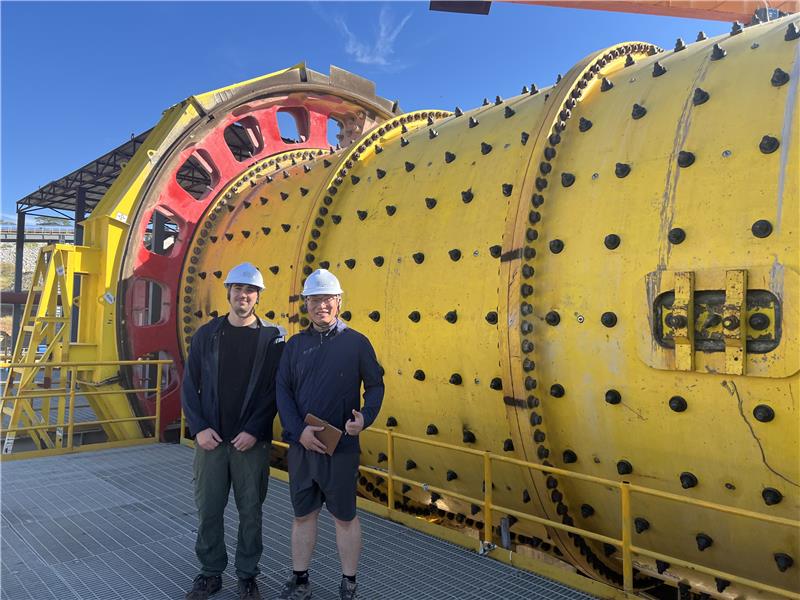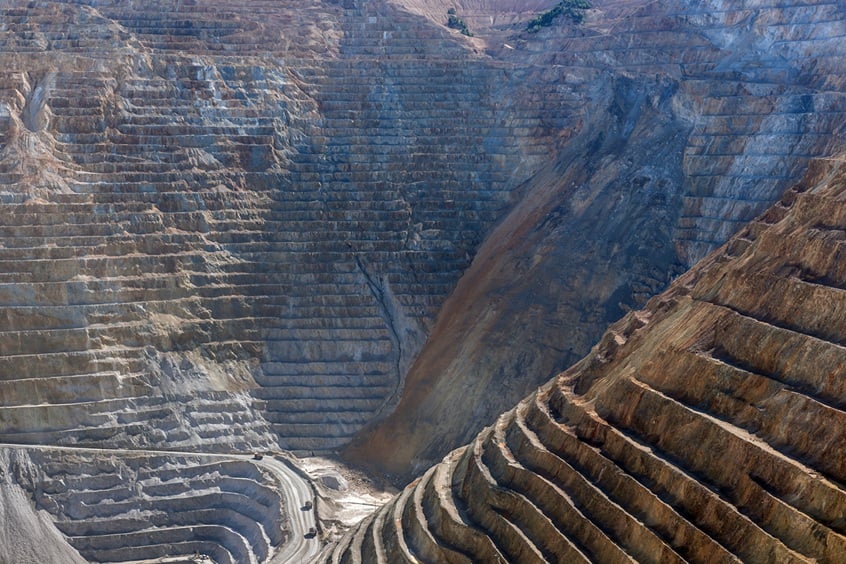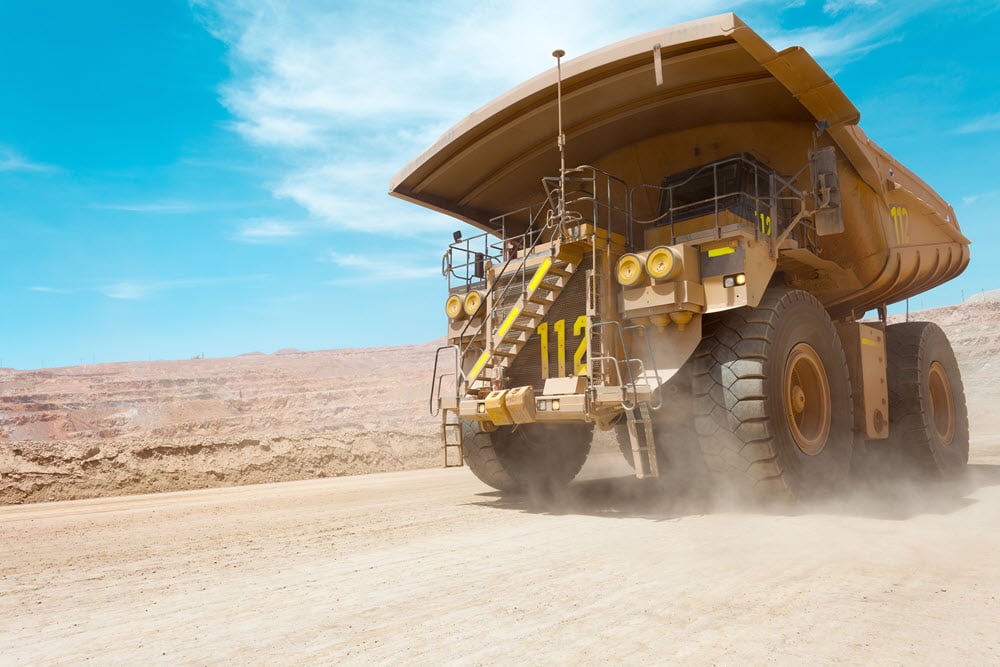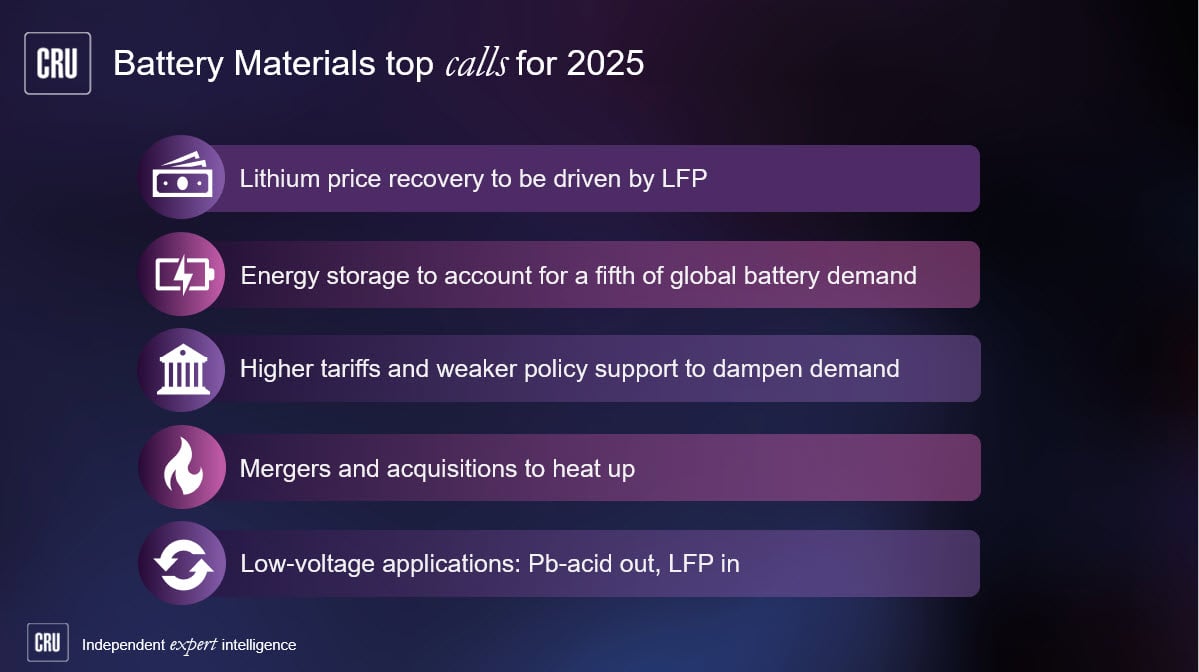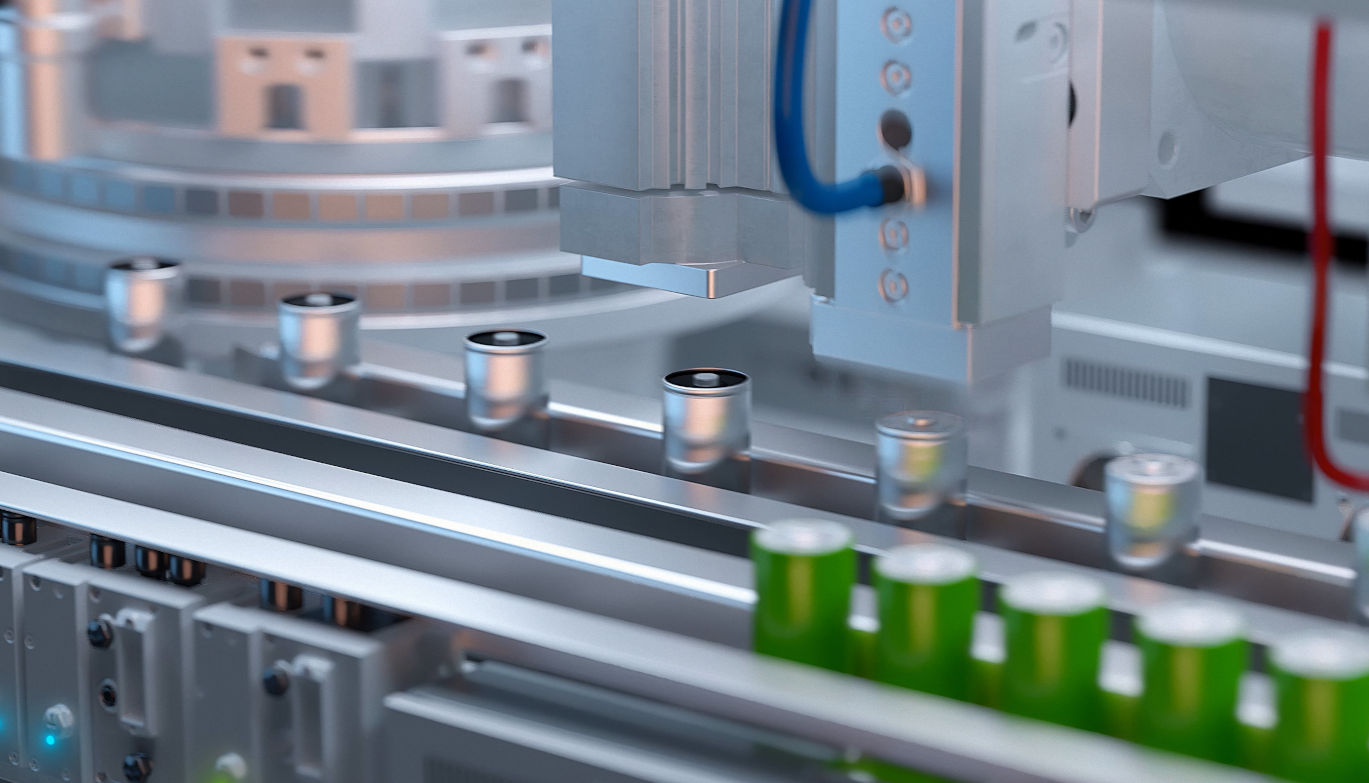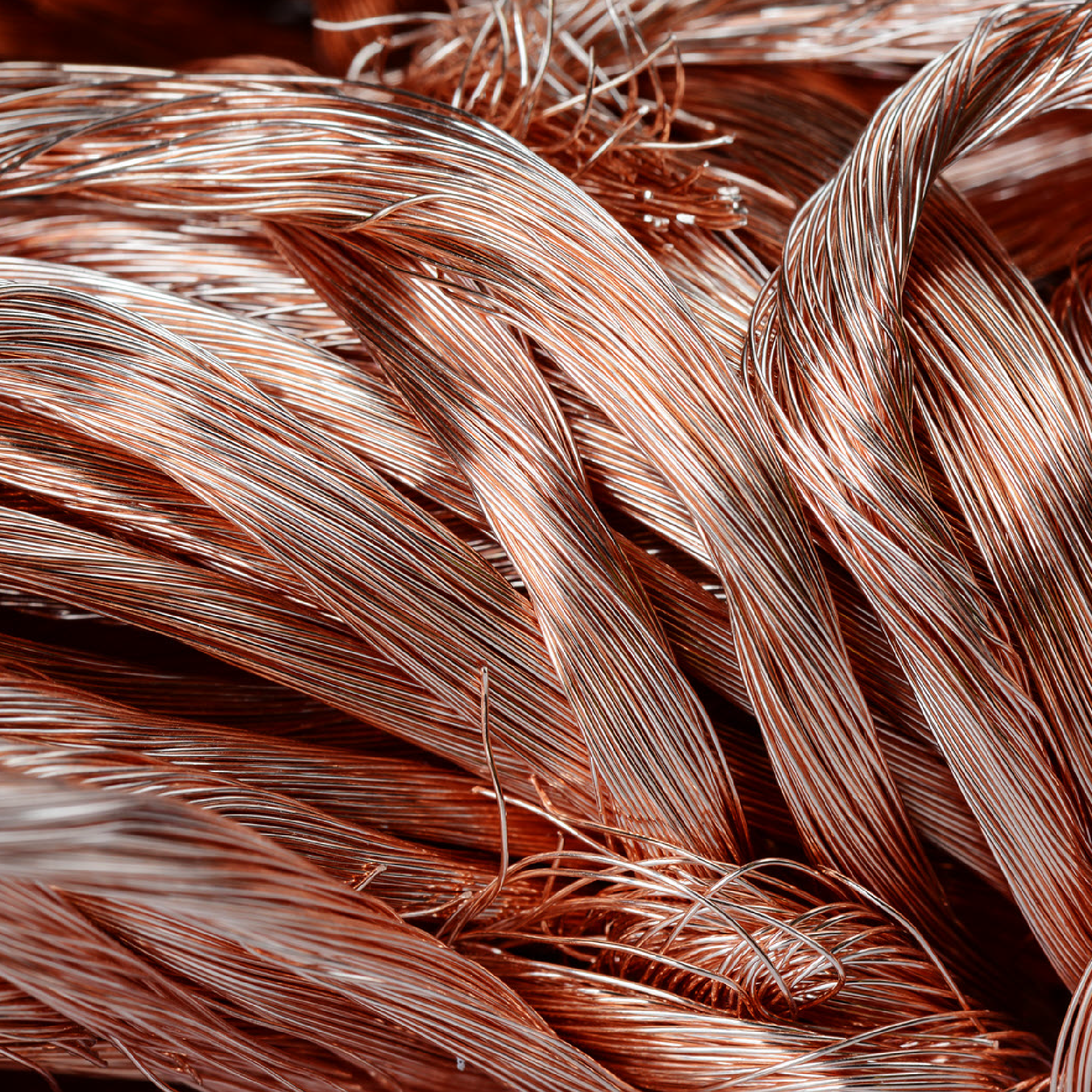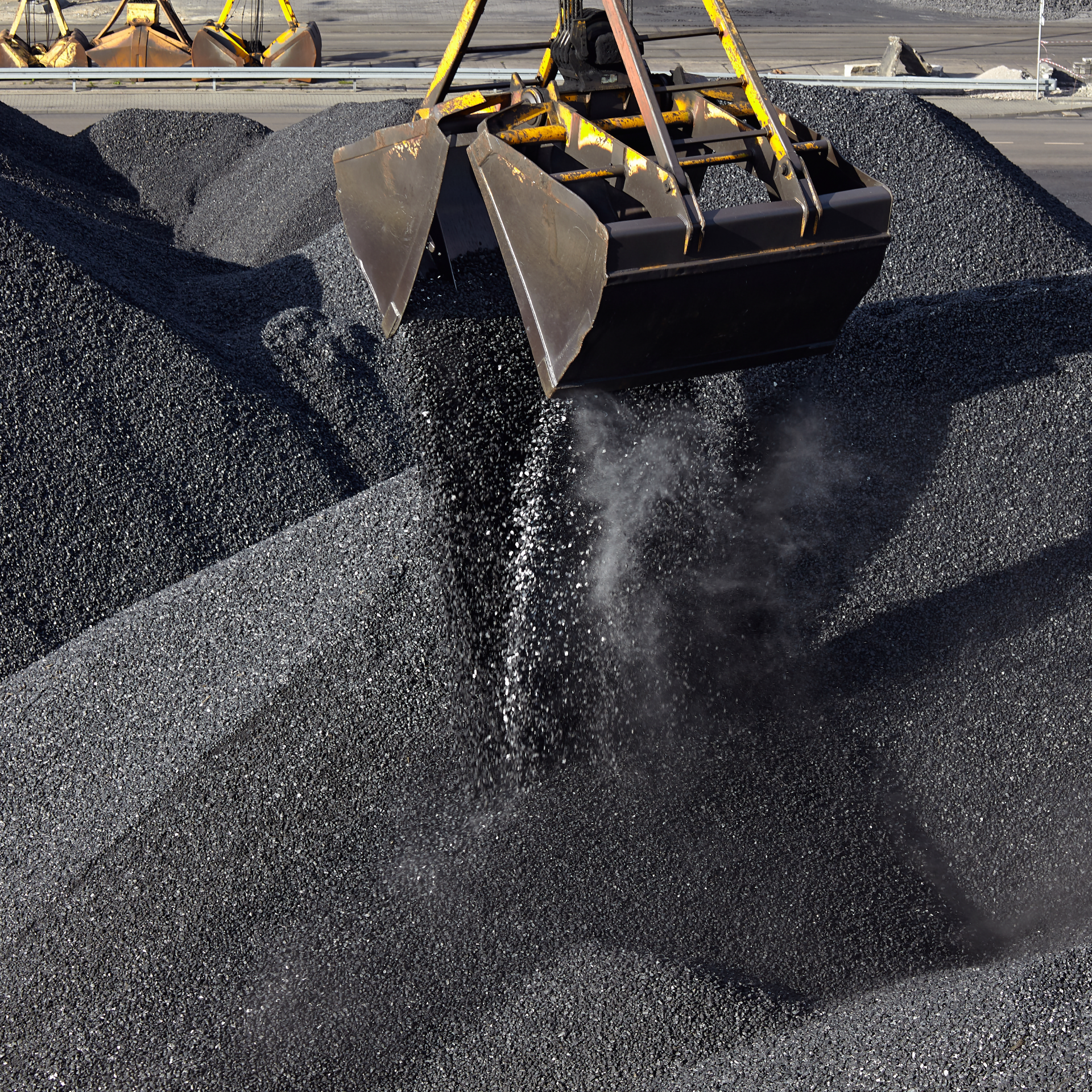The tax credits offered by the US Inflation Reduction Act (IRA) have already spurred a wave of new investments across the lithium-ion battery supply chain, but manufacturers will find it difficult to satisfy increasingly stringent requirements for where the battery’s critical minerals and components are sourced.
Here we examine the potential impact of the up-to-$7,500 tax credit for new electric vehicles, officially known as the 30D Clean Vehicle Tax Credit.
New FEOC clarity: Chinese overseas subsidiaries may be allowed to participate on a case-by-case basis
In December 2023, US officials issued proposed guidance which provides further clarity on the IRA’s ‘Foreign Entity of Concern’ (FEOC) rule. This is yet to be finalised, but Chinese-origin companies may be allowed to participate through third countries and, if they are operating within a FTA country, their production may even contribute towards eligibility for tax credits.
Chinese-origin manufacturers may therefore attempt to restructure their foreign subsidies to be able to participate in the US supply chain. However, it is important to note that the original intention of the FEOC rule was to cut out China from the US supply chain. It is likely that the FEOC rules are left deliberately ambiguous in order to allow US legislators to uphold the ‘spirit of the law’ and on a case-by-case basis.
Manufacturers will struggle with increasingly stringent mineral and component criteria
Initially, automakers will generally be compliant for both tax credits as long as they source lithium and the battery from the US or FTA country. This is relatively easy to do, considering the availability of lithium from Chile and Australia, and NMC batteries from the US.
However, as the thresholds become more stringent over time, automakers will need to source supply from more stages that are dominated either by a non-FTA country or by China. The latter would fall under the FEOC rule.
China’s dominance in the supply chain jeopardises eligibility for tax credits
The FEOC rule would mean that China’s involvement in supply of any critical mineral or battery component, regardless of its share of value in the battery, poses a risk to overall eligibility for tax credits.
Even under the above interpretation of the rules, the share of IRA-compliant supply is insufficient, and much of it is already allocated in offtake agreements, including by Chinese buyers.
Cobalt from DRC, nickel from Indonesia, LFP cathode, graphite anode, cobalt sulphate, nickel sulphate, and high purity manganese from China are the most unavoidable IRA-non-compliant examples.
Consequently, it is expected that, starting from 2025, several BEV models will lose eligibility and a significant portion of batteries produced in the US will no longer qualify for the manufacturing tax credits.
IRA is helping, not hindering, Chinese expansions overseas
Chinese equity ownership in supply chain projects is extending far beyond China’s borders. While European policymakers have generally welcomed their participation, the current political sentiment in the US has caused Chinese investments in North America to be deferred.
However, Chinese precursor and cathode producers have instead responded to the IRA and their downstream customers’ requests by making new investments in third countries, around 70% of which are FTA such as South Korea and Morocco. Although they gain no direct benefit from tax credits (as the Battery Component Requirement is for North American assembly only), they are attempting to mitigate being counted as a FEOC and to benefit from lower import taxes to the US.
Cutting out Chinese content would incur an overwhelming logistical cost
China is increasingly intertwined in the complex global supply chain. Considering this, and their overall dominance in each step, it will remain extremely difficult for the US to onshore the supply chain while at the same time completely cutting out materials and components that have passed through China.
Restructuring supply chains in this way would be more logistically challenging, require a greater cost of capital and higher operating costs, and could even yield a more expensive product that offsets any gains from the tax credit.
A noteworthy example is nickel; automakers in the US are overwhelmingly using nickel-rich batteries in their EVs. The most abundant and inexpensive source of battery-grade nickel is MHP from Indonesian HPAL operations, and virtually all of it is shipped to China to be processed into nickel sulphate. One would have to establish an alternative, likely more expensive, supply for both the mined and refined production stages.
Western manufacturers also have well-demonstrated technical and cost disadvantages, while subsidies are not indefinite. Companies that establish partnerships with Chinese producers benefit from tapping into their wider supply chain and their know-how.
However, legislation is never static. The challenge of building processing and active materials capacity outside China is not insurmountable. Indonesia was recently unsuccessful in securing FTA status with the US, but policymakers may decide to include more countries or water down sourcing criteria to achieve their intended goals if the above scenario plays out.
On the other hand, the other major section of the IRA related to batteries is the 45 Advanced Manufacturing Production Tax Credit. This seems to be working as intended and will addressed in an upcoming CRU insight.




